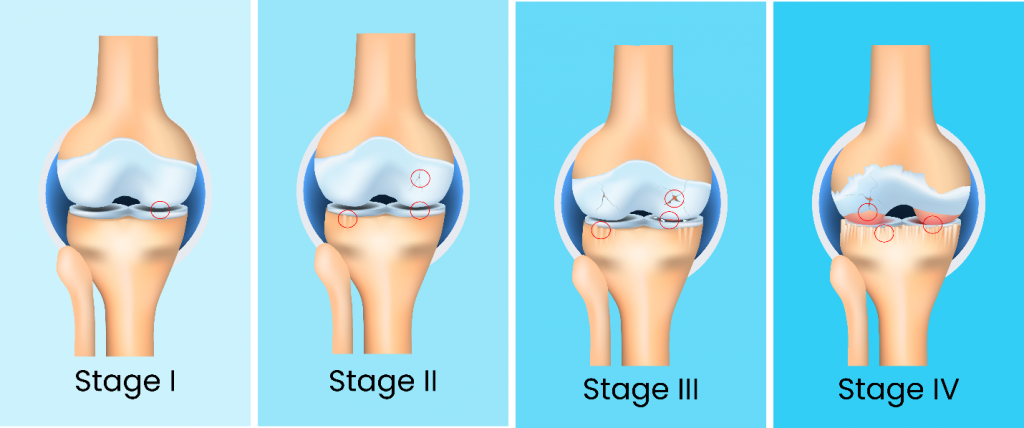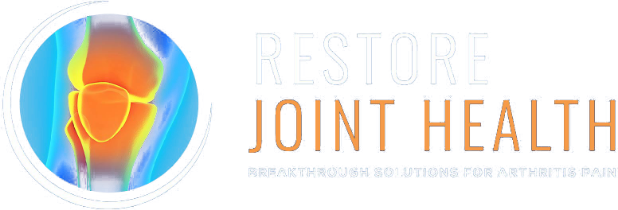What is Osteoarthritis?
What is Osteoarthritis?
Osteoarthritis (OA) is the most commonly diagnosed type of arthritis disease. Knee OA is one of the most common types. Often called “wear and tear” arthritis, it can happen at any age, but it commonly starts in the 50s. There is no cure for OA. The disease starts gradually and worsens over time.
In healthy knee joints, a firm, rubbery material called cartilage covers the end of each bone. Cartilage provides a smooth, gliding surface for joint motion and acts as a cushion between the bones. In OA, the cartilage breaks down, causing pain, swelling, and problems moving the joint.
As OA worsens over time, bones may break down and develop growths called spurs. These bits of bones or cartilage may chip off and float around in the joint.
In the final stages of OA, the cartilage wears away and bone rubs against
YOU'RE NOT ALONE.
Osteoarthritis Affects More Than 32 Million U.S. Adults.*
40% of adults with arthritis are inactive. Inactivity exacerbates obesity, diabetes, and heart disease.
23.77 million adults have difficulty with their usual activities due to arthritis.
$2,017 average per person, per year in medical costs are attributed to osteoarthritis.
Stages of Osteoarthritis
OA patients develop very minor “wear & tear” and bone spur growths at the end of the knee joints. Minimum disruption. There is already 10% cartilage lost.
In stage 2, diagnostic images or X-rays of knee joints will show more bone spur growth. People being experiencing joint pain. Typically, the area around the knee joint feels stiff and uncomfortable, particularly when sitting for an extended period, after rising in the morning, or after a workout. Joint-spacing is narrowing. The cartilage begins breaking down.
In stage 3, there is obvious erosion to the cartilage surface between bones and fibrillation narrows the gap between the bones. There are proteins and collagen fragments released into the synovial fluid as the disease progresses, wherein the bones develop spurs at the joints as it becomes rougher.
With the progression, there is obvious joint inflammation which cause frequent pain when walking, running, squatting, extending or kneeling. Along with joint stiffness after sitting for long or when waking up in the morning, there may be popping or snapping sounds when walking.
In stage 4, the joint space between the bones is considerably reduced, causing the cartilage to wear off, leaving the joint stiff. The breakdown of cartilage leads to a chronic inflammatory response, with decreased synovial fluid that causes friction, greater pain and discomfort when walking or moving the joint. The advanced stage of the disease shows development of more spurs causing excruciating pain, which makes even everyday activities, including walking and descending stairs a challenge.

Causes of Osteoarthritis
For a long time, it was believed that OA was caused by the wearing down of joints over time. The medical community now knows it is a disease of the joint with many contributing factors:
- Age
- Joint Injury
- Overuse
- Obesity
- Weak muscles
- Genes
OA Treatment Options
Our therapy is a scientifically proven alternative to painful, expensive surgery for many. If you qualify, our therapy may alleviate your knee pain.
